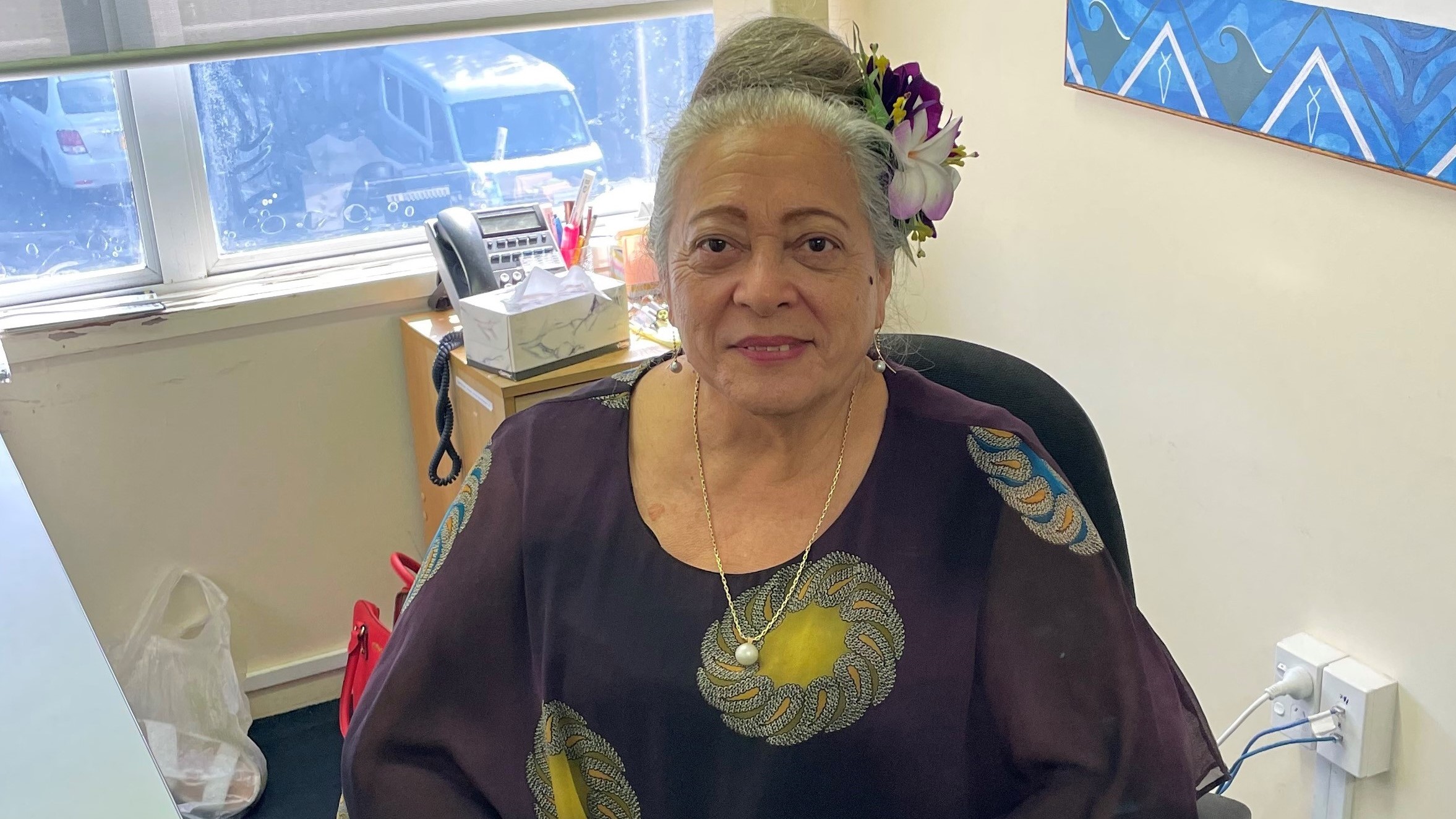TAKKU – The Takuu group of atolls, also known as the Mortlock Islands, is a place so remote that it could easily be forgotten – and for centuries it was.
The tranquil necklace of coral islands lie some 240 kilometres north-east of Bougainville Island in Papua New Guinea, a far-flung section of the Pacific Ocean that even today is rarely visited by anyone.
On a good year, three boats visit annually.
Despite this isolation, Takuu Atoll is home to a vibrant Polynesian community with a rich history spanning 1000 years.
But these resilient people and their idyllic island home face an increasingly dire threat from climate change in what could be a prescient warning for other low-lying Pacific islands.
Swelling tides are now regularly inundating the islands, salting the earth needed to grow food.
The Takuu islanders are a people who have been self-sufficient for centuries, but now they are increasingly reliant on food aid that arrives only sporadically.
Made up of 13 coral islands, most of the population lives on the tiny island of Nukutoa, in homes built on the water’s edge.
No part of the island group protrudes higher than two metres above sea level, with most being less than one metre.
Both climate change and the movement of tectonic plates are touted as culprits for the encroaching tides.
However, geologist Dr Thomas Mann, who wrote his PhD on the geology of coral islands including Takuu Atoll, said climate change was the overall cause of rising sea levels.
“The atoll itself appears to be tectonically stable or very slightly rising. What that means is that the local sea levels around the atoll would be sinking – but of course there is the climate related sea level rise which is pretty strong in this part of the Pacific,” he said.
“The rate of sea level rise is stronger than the rate of uplift which means that the total sea level is rising.”
Slowly submerged by swelling tides, years of uncertainty surrounding the atoll’s future has led to a gradual decline in population – only about 300 people remain at Takuu Atoll.
Dr Richard Moyle of the Queensland Conservatorium Research Centre has spent years documenting and compiling their language and music.
“There’s only about half as many people there as there were when I was there last, about six years ago,” Dr Moyle said.
This pattern of emigration could be the prelude to an even greater tragedy – Takuu’s unique culture could be washed away with the islands.
The people of Takuu are Polynesian – unique among their Melanesian neighbours – and their culture has remained intact for centuries despite the precarious nature of life on a secluded atoll.
One of the few Pacific peoples to have resisted Christianity, many Takuu people are still fervent adherents to their own traditional religion with a host of deities and deceased relatives regularly worshipped by tribal elders.
They are also prolific musicians.
“In the period I was there, in their active repertoire they had more than 1000 songs,” Dr Moyle said. “It connects them with the past in the form of ancestors.”
But the people of Takuu face a two-pronged assault – an increasing frequency of inundation events, and a lack of resources to maintain the island’s education and healthcare facilities.
Dr Moyle said the Papua New Guinean government has neglected the people at Takuu Atoll.
“Papua New Guinea’s administration is just disgraceful,” he said. “The teachers who get posted there get their return trip paid, but often when they’re on the island they don’t get their salary paid there because there’s no way it can be safely taken there.
“If there’s no boat at the end of the year, the teachers can’t leave the island. There was a nurse appointed there and she had no salary for two years.”
Takuu Atoll expatriate Satty Arehu, who now lives in Port Moresby due to a lack of healthcare available on the islands, said his people were alone in their plight.
“No-one’s done anything, we are still there with our sea walls. It’s an everyday thing you know, when you are on the island you just live with it, nothing you can do,” he said.
“It’s a very big problem, the government isn’t doing enough. We’re a minority. I guess that’s how they see us.”
Despite the mounting challenges the atolls face, Arehu remains optimistic his people can retain their culture.
“We are maintaining that link with our culture, teaching dances and talking to our kids. We will keep it at heart and we are proud of that part of our culture,” he said. “I learned a lot back on the island.”
But the intruding waters and lack of resources may mean some change is inevitable.
“I think there will come a time when we will have to move the island. For any reason, for global warming, we will have to move the island, the people will need to make a decision in time,” he said.
“What actually happens if we get relocated? It really worries me. It’s going to really take time, it’s going to be hard for our people,” Arehu said.
“That goes for all the other people out on the other atolls too.”
Dr Moyle said they may survive, but without help their culture may not.
“Realistically, it’s irreversible. I think that the stalwarts will stay on and the people that are too old and those people who have never known anything else will want to stay there and die there,” he said.
“But I can’t see a viable long-term future for the island,” he said.
- ABC

















































